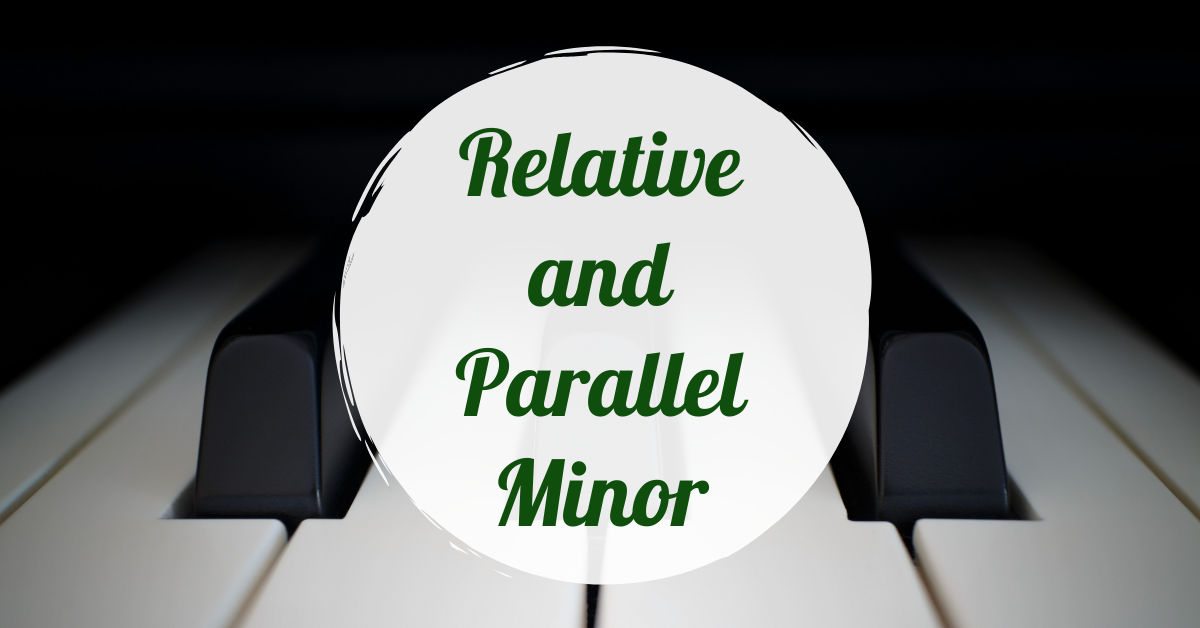Exciting and Captivating Relative and Parallel Minor Scales

There are a lot of descriptive terms that are associated with minor scales. For example, you've probably hear the terms "relative" minor, "parallel" minor, "natural" minor, "harmonic" minor, and "melodic" minor. What does it all mean? What are the differences between each? Do I really have to memorize all of them?
Students generally get confused because they lump all of these varieties of "minor" into the same basket. It is much easier to think of these descriptive terms in two separate categories. Relative and parallel minor refer to a tonal center; natural, harmonic, and melodic minor refer to various modes of a minor scale. In this article, we'll make sense of the terms "relative" and "parallel" minor.
Relative minor is related to a major key. the major and relative minor key share the same key signature. Let's take a look at how this works.
Below are two scales, F major and D minor.
Notice that both scales have the same key signature (one flat, Bb). Notice that the individual notes in both scales are exactly the same, the only difference being the starting note of each scale. Because these two scales share the same key signature, and therefore the same individual notes, we call them relative.
The next logical question regarding these related major and minor scales might be, "How do I know which minor scale is related to a given major scale?" The answer is that the relative minor scale is based on the 6th degree of the major scale. Sound confusing? Let's explain.
First, we'll take a major scale, any major scale. In this instance we'll use the key of Ab major, which has 4 flats - Bb, Eb, Ab, Db. Notice that we've labeled each degree of the scale.
The relative minor can be formed by finding the 6th degree of any major scale. In this example, the 6th degree of Ab major is F. So if we play the same scale (with the same key signature) starting on F, we will have played an F minor scale (natural minor).
Parallel minor does not share the same key signature as a major key. The only thing shared by a major key and the parallel minor is the root, or starting note. Let's take the key of D major. The relative minor of D major is B minor, because 'B' is the 6th degree of the D major scale and B minor shares the same key signature as D major. The parallel minor of D major is D minor. The only thing that is shared is the root, or starting pitch.
In order to convert a major scale to a minor scale (natural minor), the 3rd, 6th, and 7th degrees are lowered by a half-step.
Next, we will discuss the various modes of minor - natural, harmonic, and melodic.



